Picture this: you’re scrolling through social media when a photo of a flamingo stops you dead in your tracks. There it stands, perfectly balanced on one impossibly thin leg, looking like it’s auditioning for the world’s most graceful yoga instructor. You might think this pink bird is just showing off, but hold onto your feathers — the real reason flamingos pull this gravity-defying act will blow your mind. Scientists have spent decades unraveling this mystery, and what they’ve discovered goes way beyond simple bird behavior. It’s a masterclass in evolution, physics, and survival that puts our human balancing skills to shame.
The Great One-Leg Mystery That Stumped Scientists for Decades

For the longest time, flamingo researchers were completely baffled by this signature pose. Early ornithologists watched these birds for hours, scribbling notes and sketching diagrams, trying to crack the code of the one-legged stance.
Some scientists initially thought it was pure randomness — just a quirky bird habit with no deeper meaning. Others suspected it had something to do with rest, but couldn’t quite put their finger on the exact mechanism.
The breakthrough came when researchers started looking at the physics behind the pose, rather than just the behavior itself. What they found changed everything we thought we knew about flamingo biology.
Energy Conservation: The Ultimate Life Hack

Turns out, flamingos are basically the energy-saving champions of the animal kingdom. Standing on one leg isn’t just a cool party trick — it’s a sophisticated biological strategy that conserves precious energy.
When a flamingo lifts one leg, it activates a passive locking mechanism in its joints that requires zero muscular effort to maintain. Think of it like putting your car in park — once it’s locked, you don’t need to keep pressing the brake.
This energy conservation becomes absolutely crucial during long feeding sessions or while sleeping. Flamingos can spend up to 12 hours a day filtering food from water, so every calorie saved counts toward survival.
Thermoregulation: Keeping Warm in Style

Here’s where things get really fascinating — flamingos are essentially walking around with built-in heating and cooling systems. Those long, skinny legs aren’t just for show; they’re major heat-loss zones that can make or break a bird’s survival.
By tucking one leg up against their warm body, flamingos reduce their surface area exposed to cold water and air by nearly 50%. It’s like wrapping yourself in a blanket, except the blanket is your own leg.
This thermoregulation trick becomes especially important in cooler climates or during chilly nights. The temperature difference between their body core and the environment can be dramatic, making every degree of heat conservation vital.
Water conducts heat away from the body 25 times faster than air, so minimizing leg contact with water is a game-changing survival strategy.
The Physics of Perfect Balance

You might wonder how these birds don’t just topple over like a house of cards. The secret lies in their incredible center of gravity and joint mechanics that would make any engineer jealous.
Flamingos have evolved a unique locking mechanism in their leg joints that functions like a biological kickstand. Once engaged, this system holds them steady without any conscious effort or muscle tension.
Their body weight actually helps stabilize the pose — the heavier they are, the more securely locked the standing leg becomes. It’s counterintuitive, but physics doesn’t lie.
Sleep Mode: The Ultimate Power-Saving Feature
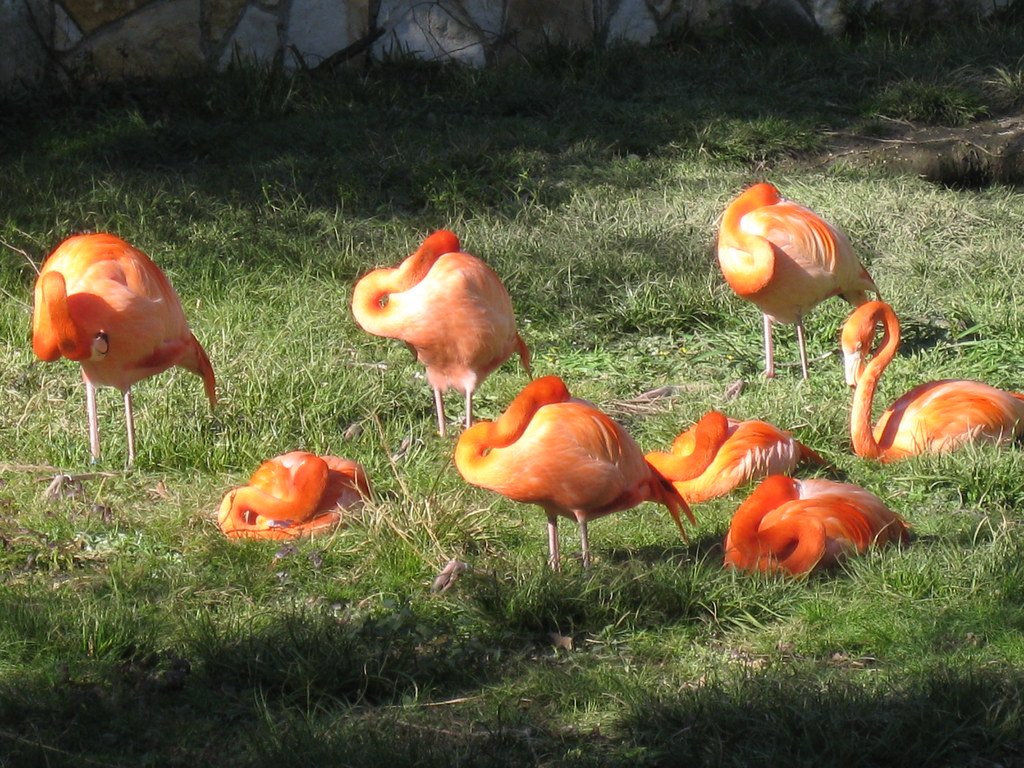
Here’s something that’ll make you envious — flamingos can literally sleep standing up on one leg without falling over. While you’re tossing and turning in bed, these birds have mastered the art of vertical slumber.
During sleep, their passive locking mechanism becomes even more pronounced, allowing them to rest while maintaining alertness for potential predators. It’s like having a built-in security system that never shuts off.
Research has shown that flamingos actually get better quality rest in this position compared to sitting or lying down. Their cardiovascular system continues functioning efficiently, and they can spring into action at a moment’s notice.
Evolutionary Advantages That Changed Everything

This one-legged stance didn’t just appear overnight — it’s the result of millions of years of evolutionary fine-tuning. Flamingos that mastered this technique had significant survival advantages over their less balanced cousins.
Energy-efficient birds could spend more time feeding, reproduce more successfully, and survive harsh environmental conditions. Natural selection heavily favored the flamingos who perfected this balancing act.
The trait became so advantageous that it’s now hardwired into flamingo DNA, passed down through generations like a family heirloom of perfect balance.
Water Pressure and Circulation Benefits
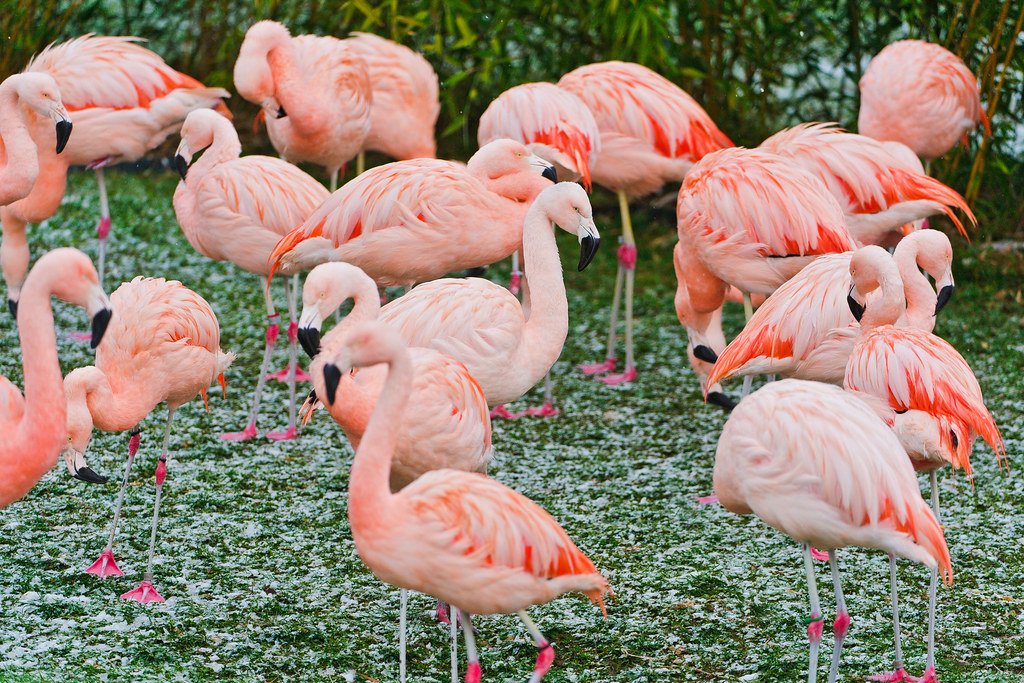
Standing in water all day creates unique circulatory challenges that would give most animals serious problems. Flamingos have turned this obstacle into an opportunity through their one-legged strategy.
Constant water pressure on both legs can impede blood flow and cause circulation issues. By alternating legs and reducing the surface area in contact with water, flamingos maintain healthy blood circulation throughout their extremities.
This adaptation prevents the development of conditions that could be fatal in the wild, where every physical advantage matters for survival.
The Passive Locking Mechanism Explained
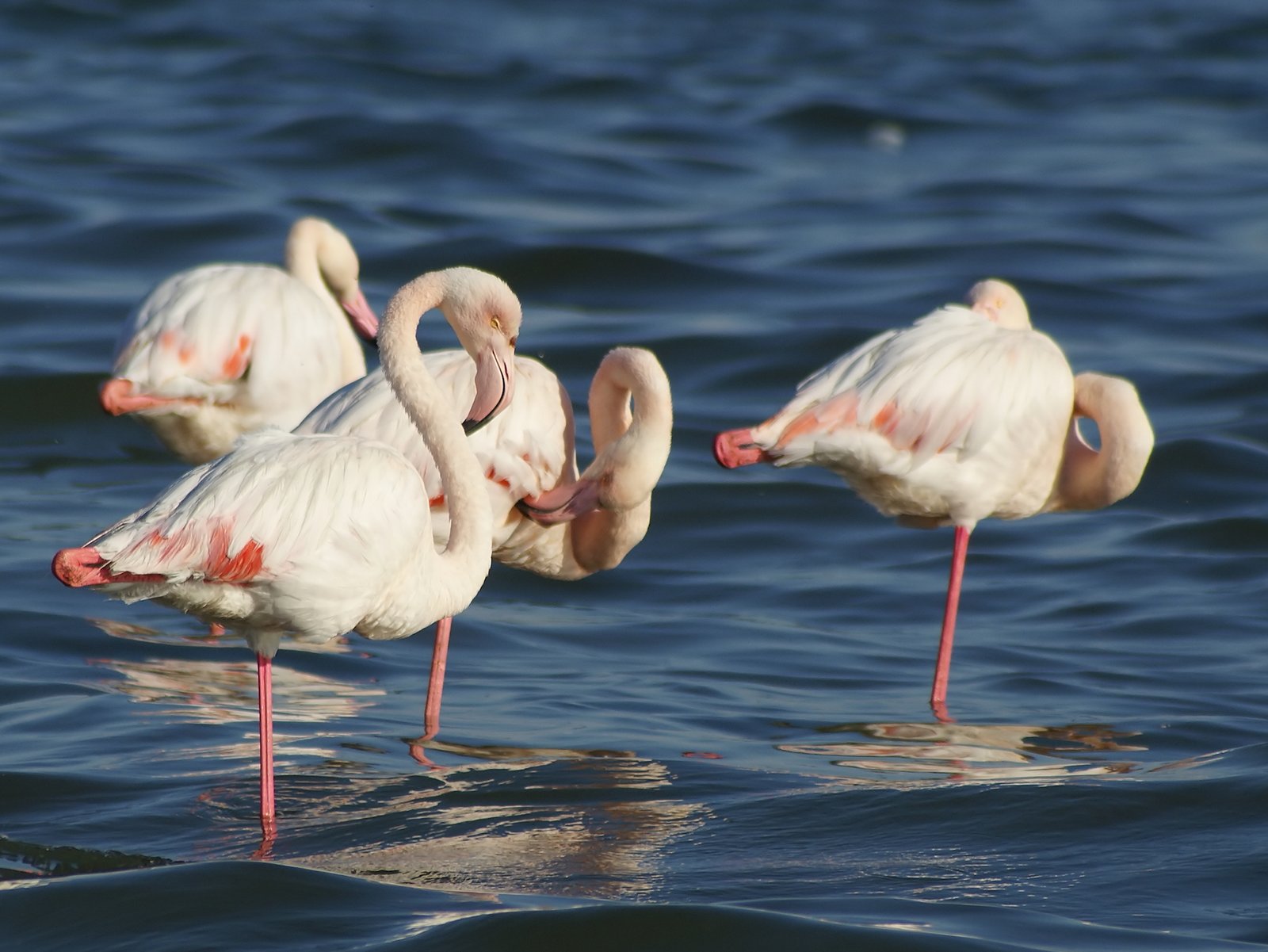
The engineering behind a flamingo’s leg lock is absolutely mind-blowing. Their joints contain specialized ligaments and tendons that create a self-sustaining support system requiring zero energy input.
When they shift their weight onto one leg, these connective tissues automatically engage, creating a stable platform that could support their body weight indefinitely. It’s like having a built-in tripod that deploys on command.
This mechanism is so efficient that dead flamingos have been found still standing upright, their locking system maintaining the pose even after death. Nature’s engineering at its most impressive.
Muscular Fatigue Prevention
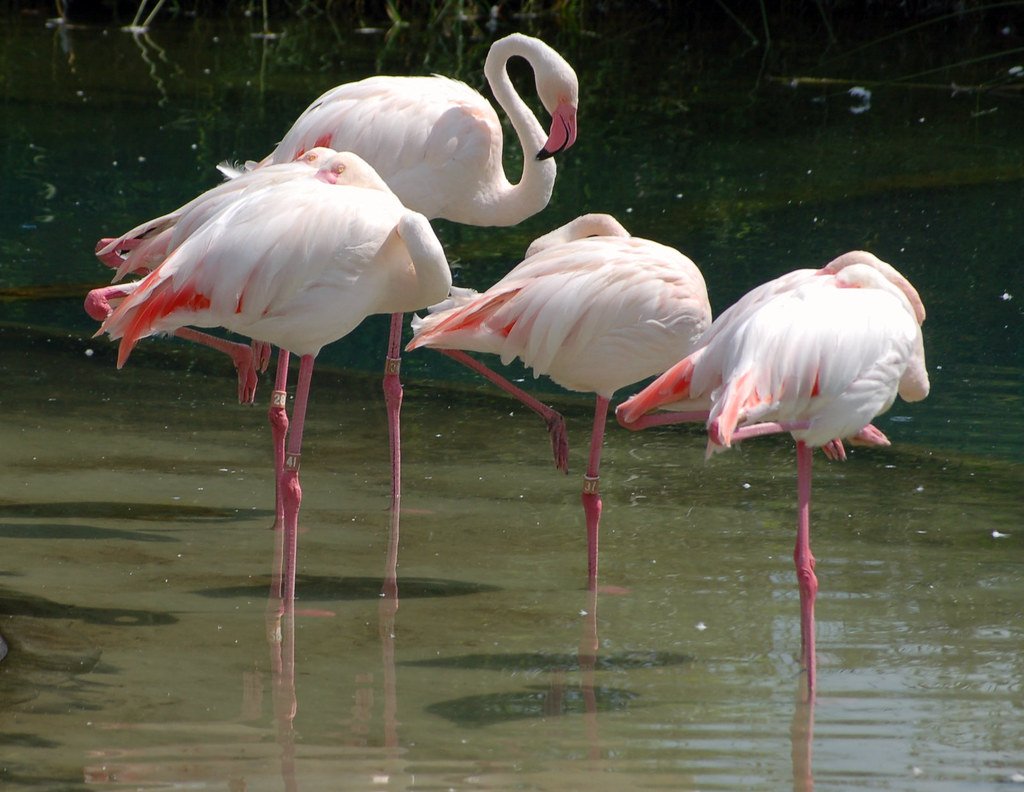
Imagine having to consciously balance on one leg for hours — your muscles would be screaming in protest within minutes. Flamingos have solved this problem through their passive stance system that eliminates muscular fatigue entirely.
By removing the need for active muscle engagement, flamingos can maintain their pose indefinitely without experiencing the exhaustion that would plague other animals attempting the same feat.
This fatigue prevention allows them to allocate their muscular energy toward other essential activities like feeding, flying, and predator avoidance.
Blood Flow Optimization
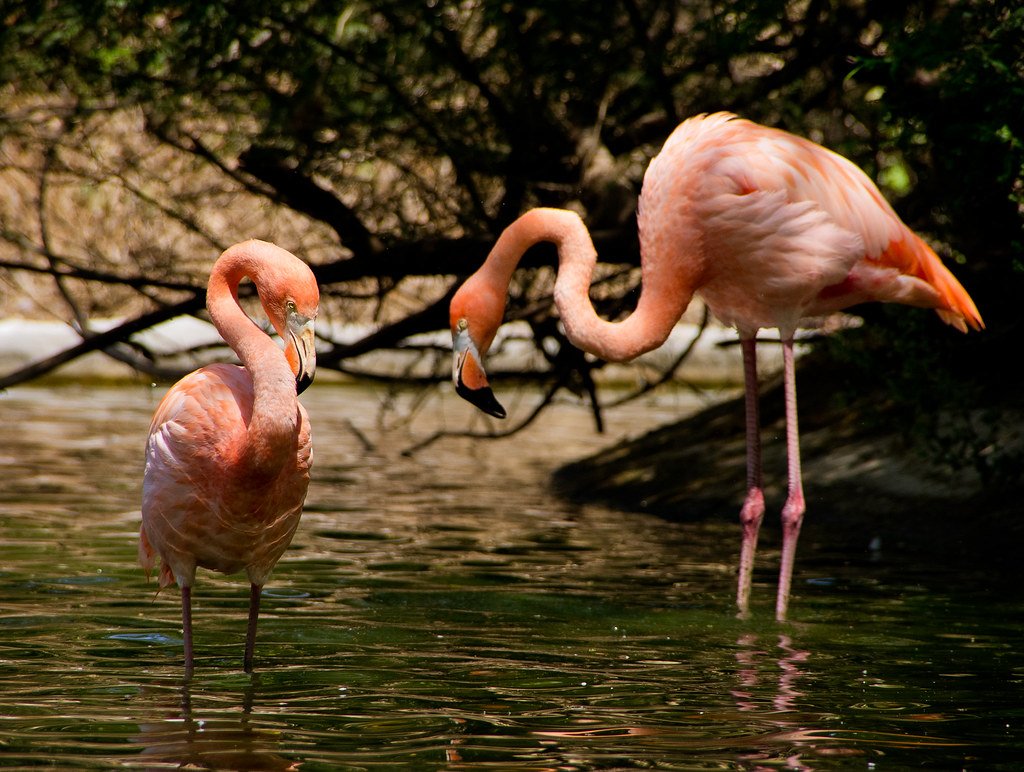
The one-legged stance creates an unexpected cardiovascular benefit that researchers only recently discovered. When flamingos lift one leg, they actually improve blood circulation throughout their entire body.
The elevated leg allows blood to return more easily to the heart, reducing the workload on their cardiovascular system. It’s like giving their circulatory system a helping hand while maintaining their elegant pose.
This improved circulation delivers more oxygen and nutrients to vital organs, supporting overall health and endurance during long feeding sessions.
Temperature Gradient Management

Flamingos are masters of microclimate management, using their body positioning to create optimal temperature zones. The one-legged stance allows them to regulate different parts of their body at different temperatures simultaneously.
Their tucked leg stays warm against their body core, while their standing leg can be positioned to take advantage of water temperature for cooling. It’s like having a personal climate control system built right into their anatomy.
This temperature gradient management becomes crucial during extreme weather conditions, allowing flamingos to survive in environments that would challenge other bird species.
Predator Awareness and Quick Escape
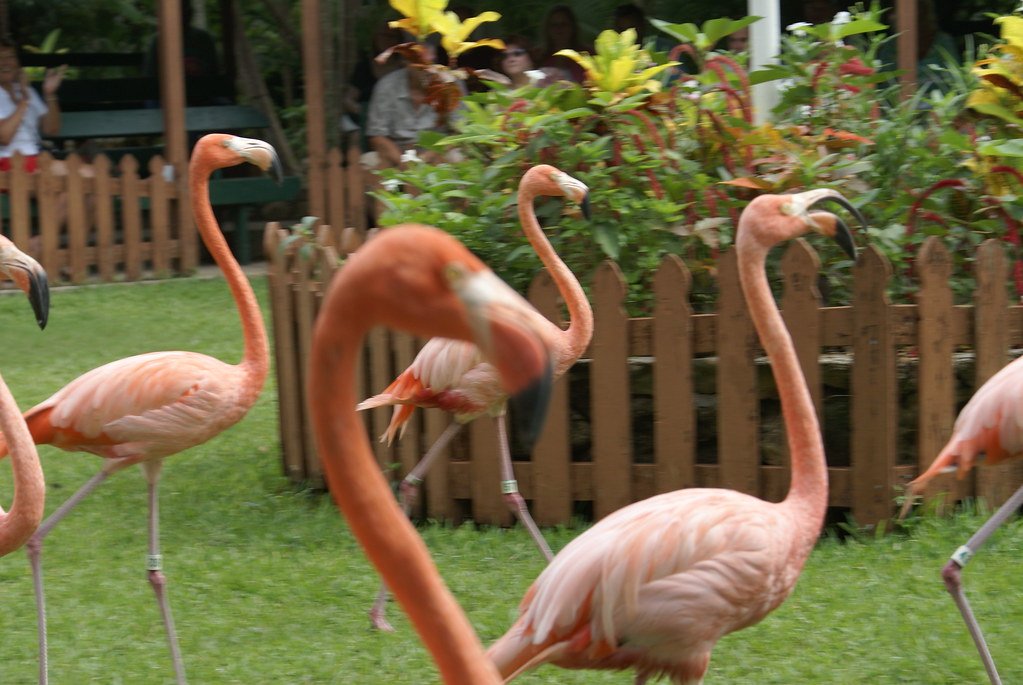
You might think standing on one leg would make flamingos sitting ducks for predators, but the opposite is actually true. This pose enhances their ability to detect threats and escape quickly when necessary.
The elevated position provides better visibility of their surroundings, while the passive locking mechanism allows them to remain alert without expending energy on balance. They’re essentially on permanent lookout duty.
When danger approaches, flamingos can instantly unlock their standing leg and launch into flight or defensive action. The transition from rest to action takes mere milliseconds.
Water Depth Adaptation
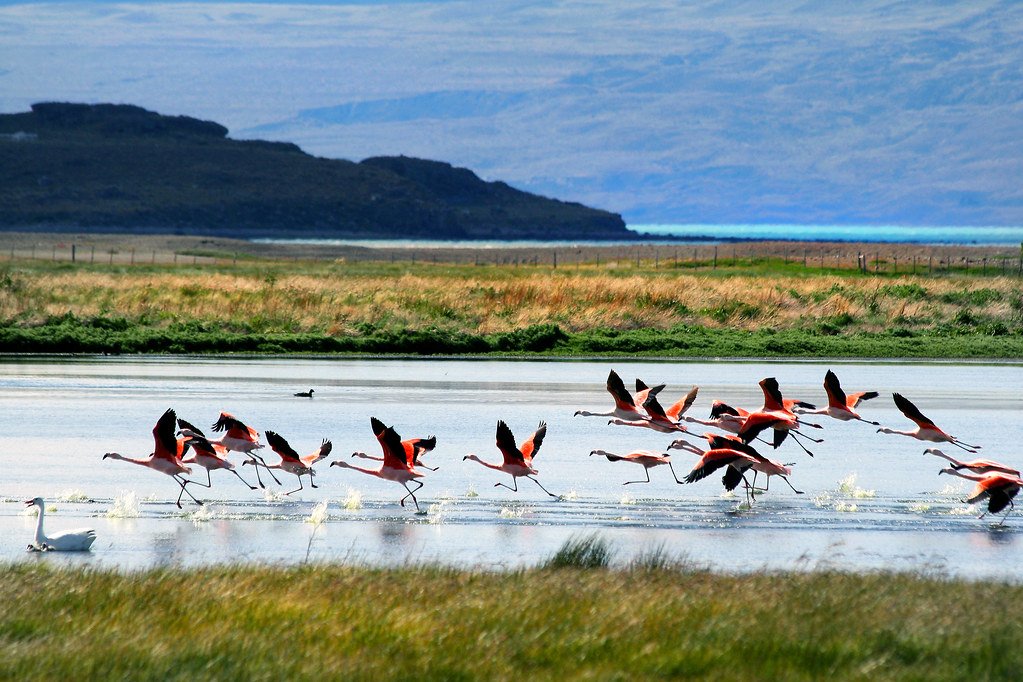
Different water depths require different strategies, and flamingos have mastered the art of depth-specific balancing. In shallow water, the one-legged stance provides stability while minimizing contact with the bottom sediment.
In deeper water, the pose allows them to maintain buoyancy while still being able to feed effectively. They can adjust their leg position to find the perfect balance between stability and mobility.
This adaptability makes flamingos incredibly versatile feeders, capable of exploiting food sources at various water depths that other birds might find challenging.
Social Signaling and Group Dynamics
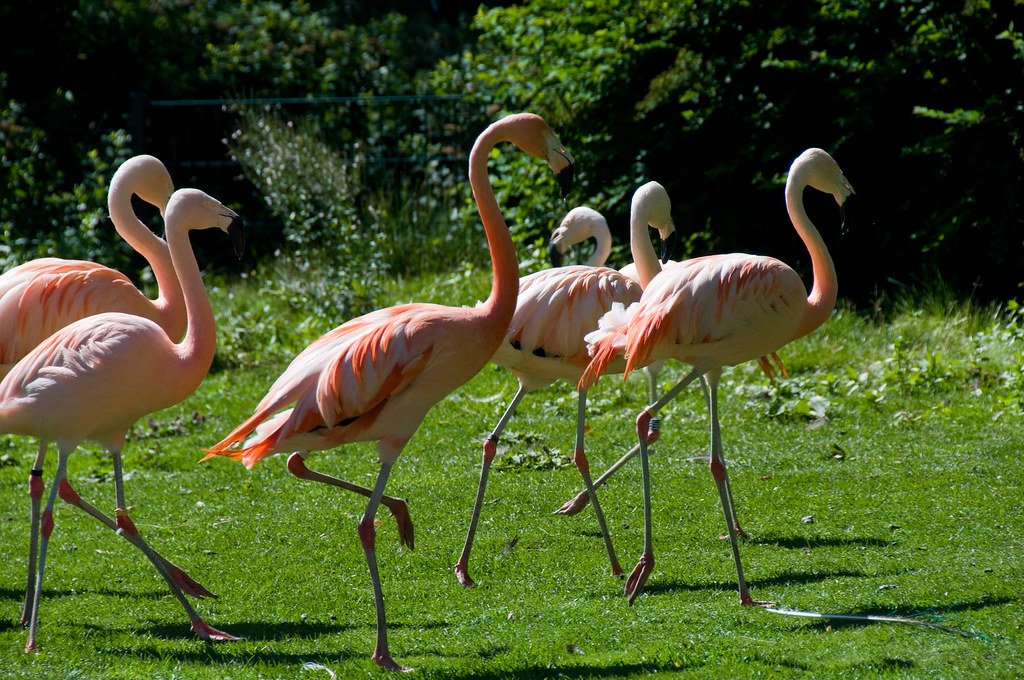
The one-legged stance isn’t just about individual survival — it also plays a role in flamingo social behavior. Groups of flamingos standing in formation create visual cues that help maintain flock cohesion and communication.
The synchronized nature of flamingo postures helps establish social hierarchies and mating displays. Birds that can maintain the pose longest often demonstrate superior fitness to potential mates.
This social aspect adds another layer to the evolutionary advantages of the one-legged stance, making it both a survival tool and a communication method.
Digestive Efficiency Enhancement

Here’s a surprising connection — the one-legged stance actually improves flamingo digestion. The positioning of their body while balanced helps optimize the flow of food through their digestive system.
The slight angle created by the pose aids in the mechanical breakdown of food and improves nutrient absorption. It’s like having a built-in digestive enhancer that works automatically.
This digestive boost becomes especially important given the flamingo’s specialized diet of algae and small crustaceans, which require efficient processing to extract maximum nutritional value.
Biomechanical Efficiency in Action
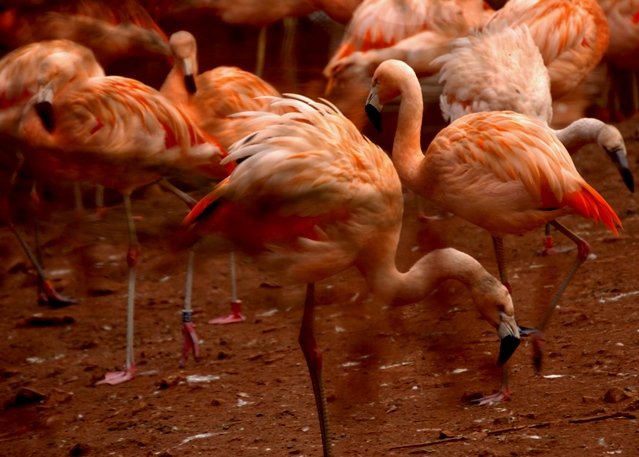
The flamingo’s one-legged stance represents a masterpiece of biomechanical engineering that puts human-designed systems to shame. Every aspect of their anatomy has been optimized for this specific posture over millions of years.
Their center of gravity, joint angles, and muscle arrangements all work together in perfect harmony to create a stable, energy-efficient platform. It’s like watching a perfectly choreographed dance performed by biology itself.
Engineers studying flamingo biomechanics have gained insights that are now being applied to robotics and prosthetic design, proving that nature remains our greatest teacher.
Comparative Analysis with Other Birds

While many birds occasionally stand on one leg, none have perfected it quite like flamingos. Herons and storks might attempt similar poses, but they lack the specialized anatomical adaptations that make flamingos true masters of the art.
The key difference lies in the passive locking mechanism — other birds must actively maintain their balance, while flamingos can literally lock into position and relax. It’s the difference between manual and automatic transmission.
This specialization has allowed flamingos to exploit ecological niches that remain inaccessible to other wading birds, giving them a unique competitive advantage.
Research Breakthroughs and Modern Discoveries
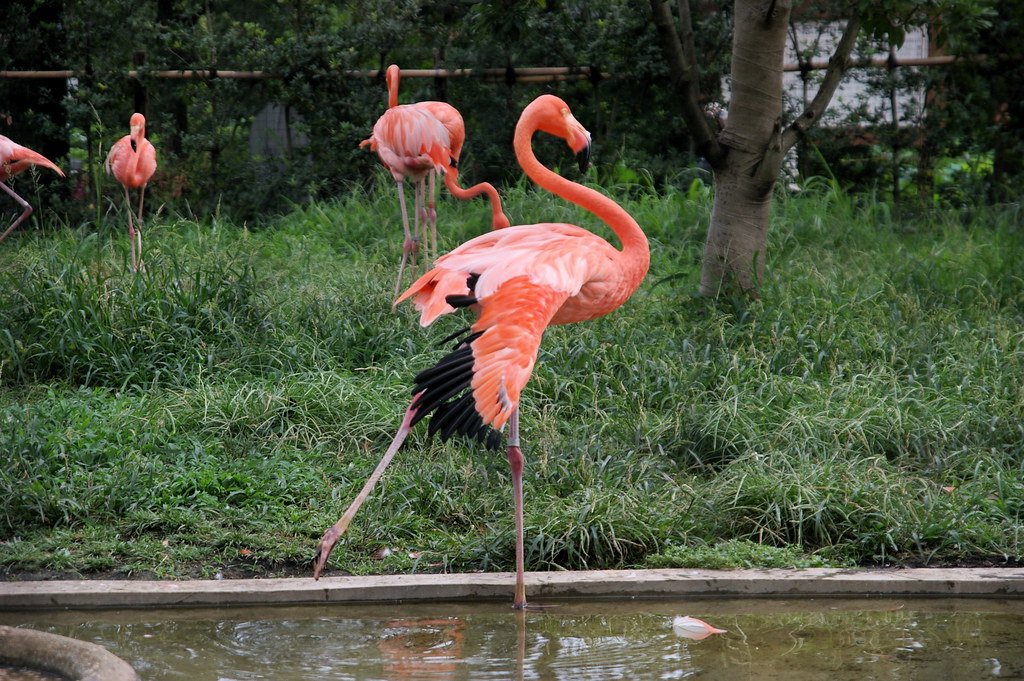
Recent technological advances have revolutionized our understanding of flamingo biomechanics. High-speed cameras, pressure sensors, and 3D motion analysis have revealed details that earlier researchers could only dream of studying.
Scientists have discovered that the one-legged stance is even more complex than previously thought, involving subtle adjustments in posture that occur faster than the human eye can detect. These micro-movements fine-tune balance and stability in real-time.
Current research is exploring how climate change might affect flamingo populations and whether their specialized adaptations will help or hinder their survival in changing environments.
Conservation Implications
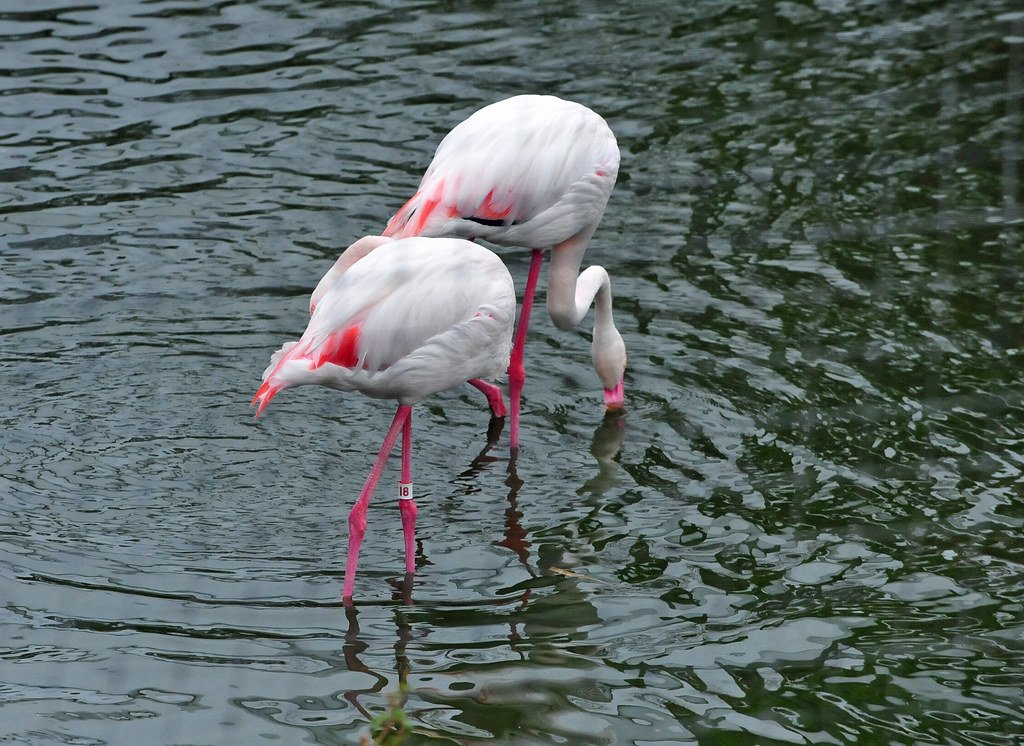
Understanding why flamingos stand on one leg isn’t just academic curiosity — it has real implications for conservation efforts. As their natural habitats face increasing pressure from human development and climate change, protecting the environments that allow these behaviors becomes crucial.
Flamingo populations that lose access to optimal feeding and resting areas may struggle to maintain their energy-efficient lifestyles. The one-legged stance that seems so effortless actually depends on specific environmental conditions to be fully effective.
Conservation programs now consider these behavioral requirements when designing protected areas and habitat restoration projects. Saving flamingos means preserving not just their homes, but their ability to be themselves.
The next time you see a flamingo striking its iconic one-legged pose, you’ll know you’re witnessing millions of years of evolutionary perfection in action. What appears to be a simple balancing act is actually a sophisticated biological system that maximizes energy efficiency, maintains optimal body temperature, and provides countless survival advantages. These remarkable birds have turned standing around into an art form that puts our human balancing skills to shame. From passive locking mechanisms to cardiovascular optimization, every aspect of this behavior serves a crucial purpose in the flamingo’s daily survival strategy. Their ability to rest while remaining alert, conserve energy while feeding, and maintain perfect balance in challenging environments showcases nature’s incredible capacity for innovation. So the next time someone asks why flamingos stand on one leg, you can tell them it’s not just vibes — it’s pure evolutionary genius wrapped in pink feathers. Did you expect that a simple bird pose could be so brilliantly complex?




